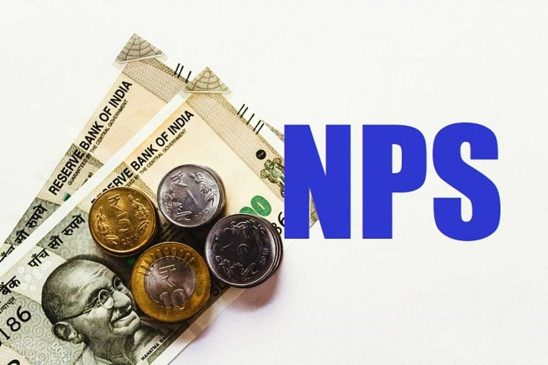The government is planning to amend the current scheme so that while both employees and the government still make contributions, employees get an assured 40-45 per cent of their last-drawn salary as pension
The central government is likely to assure its employees a minimum pension of 40 per cent-45 per cent of their last-drawn salary by altering the current market-linked pension scheme to assuage some holdout states, according to a Reuters report quoting two government officials.
Read More: Airtel Acquires 12.07% Stake In Egan Solar Power For Rs 1.33 Crore
The move comes after the government set up a committee in April to review the pension system in a year peppered with state elections, leading up to the national elections in 2024, when Prime Minister Narendra Modi will seek a rare third term.
The National Pension Scheme requires employees to contribute 10 per cent of their basic salary and the government 14 per cent. The eventual payout depends on the market returns on that corpus, which is mostly invested in debt.
In contrast, the old pension system guarantees a fixed pension of 50 per cent of an employee’s last-drawn salary, without requiring them to contribute anything during their working life.
The government is planning to amend the current scheme so that while both employees and the government still make contributions, employees get an assured 40-45 per cent of their last-drawn salary as pension, the Reuters report quoted the two officials as saying.
But, “we will not go back to the old pension system,” according to the Reuters report quoting a senior government official.
Read More: Wipro’s mega buyback opens; should you tender shares?
Recently, states including Rajasthan, Jharkhand, Chhattisgarh, Himachal Pradesh and Punjab have opted to move back to the old pension system. The government officials said the amended pension scheme will not stress the budget math as much.
Current returns show employees get around 38 per cent of their last salary as pension.
If, say, the government guarantees a 40 per cent return, it will have to cover a shortfall of just 2 per cent, the second official said. However, the outgo will increase if the market returns on pension corpus decline.
“This option is still fiscally viable than moving to the old pension system as employees continue to contribute and most of the pension is funded through market returns,” the official said.
The old pension scheme, referred to as the Defined Benefit Pension System (DBPS), is based on the last pay drawn by the employee. The NPS is referred as the Defined Contribution Pension System (DCPS), in which the employer and employee contribute to build a pension wealth payable at the time of retirement by way of annuity/lumpsum withdrawal as per norms.
Under the OPS, the employee could withdraw 50 per cent of the last-drawn salary as pension after the retirement.
Read More: IDBI Bank Dividend Payment 2023: Check Record Date, Taxation And Other Details Of The LIC-Owned Bank
Under the NPS, a person is allowed to withdraw 60 per cent of the accumulated corpus contributed during his/ her working years at the time of retirement, which is tax-free. The remaining 40 per cent is converted into an annuatised product, which could currently provide the person with a pension of 35 per cent of his/ her last-drawn pay.
The NPS is applicable to all employees joining services of the central government, including central autonomous bodies (except Armed Forces) on or after January 1, 2004. Many state governments have also adopted NPS architecture and implemented NPS mandatorily for their employees joining on or after a cut-off date.





































